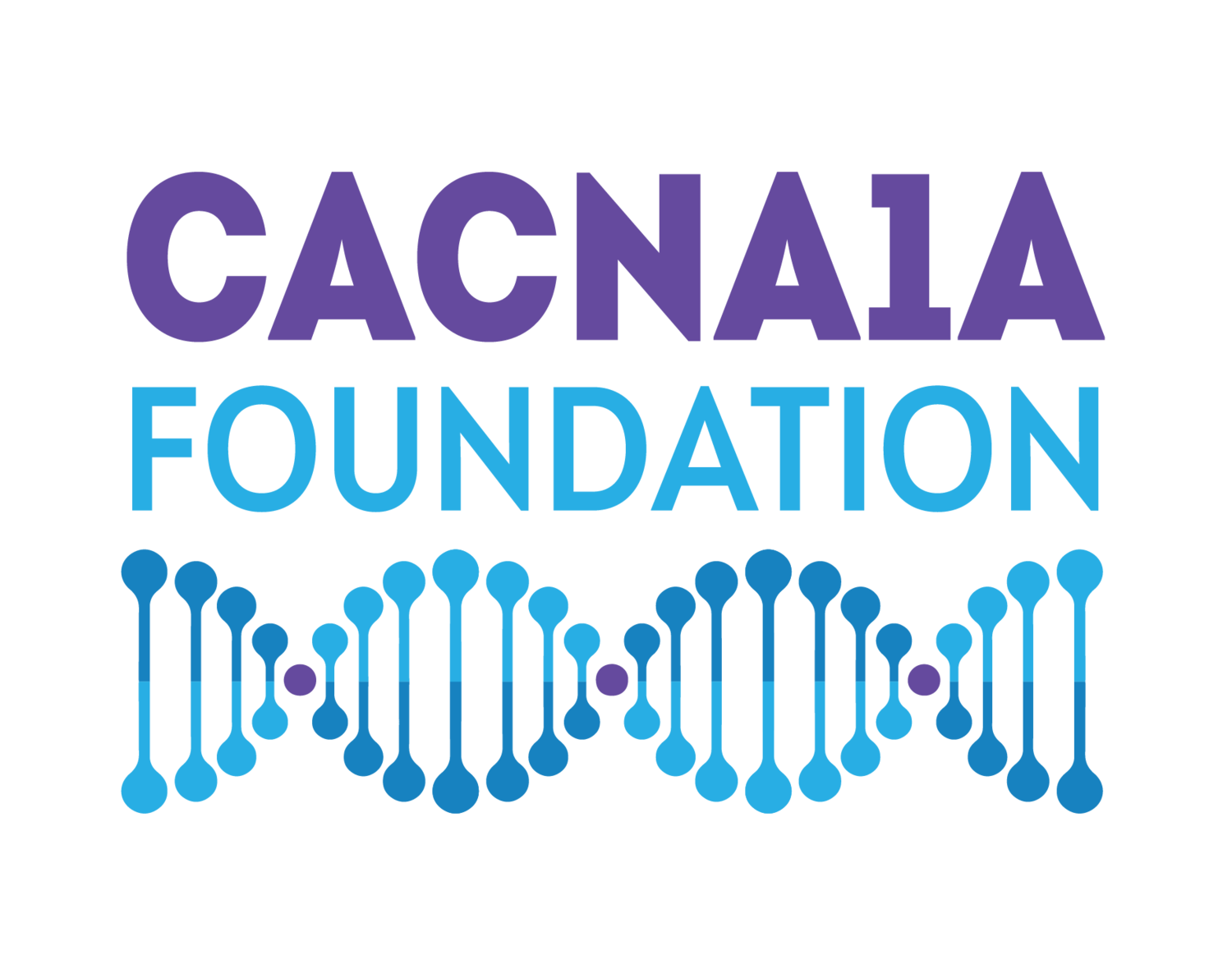Feeding Resources & Therapies
Compiled by C. Carayon
CACNA1A disorders can often be associated with feeding issues due to autism, sensory processing deficits, motor impairments tied to ataxia (lack of tongue and jaw control), or to food intolerances. My little one, now three, is not a picky but definitely a poky eater: she has trouble self-feeding and chewing hard foods, and mealtimes can often turn into lengthy and frustrating affairs. What we thought were "latching" and "reflux problems" when she was a baby turned out to be connected to her congenital ataxia, which also affects her speech. We're not alone in this struggle: in fact, 80% of kids with special needs experience some feeding difficulties. I was excited to discover that the NAPA Center (NAPA) offers several free online resources and tips that can be helpful to CACNA1A families like mine. While NAPA focuses on early intervention, these are life-long issues and may also interest parents of older children or adults.
NAPA is a world-renowned pediatric therapy center with five locations in the USA (L.A., Denver, Boston, Austin, Chicago) and two in Australia (Sydney and Melbourne). Founded in 2008, NAPA offers innovative programs in physical therapy, occupational therapy, developmental feeding therapy, pediatric speech therapies, as well as intensive programs that combine therapies. But waitlists can be long, and not everyone has a chance to participate in their in-person intensive programs. Fortunately, NAPA also shares many resources on its website, especially in the archives of its feeding blog, which also includes feeding videos. Their articles are based on reliable scientific research and are written by specialists but are presented in clear and easily understandable terms for parents and caregivers.
Feeding therapies are typically offered by occupational therapists or speech and language pathologists. The two most common approaches for feeding therapies are "behavioral" and "child-directed," the latter of which best fits NAPA's methods. Here, parents can start learning the basics: for instance, the article "How Does Feeding Therapy Work?" helps parents determine whether their child could benefit from feeding therapies and describes some of the most common feeding therapy approaches. In their blog, specific techniques are introduced, such as the Beckman Oral Motor method, which aims "to increase functional response to pressure and movement, range, strength, variety, and control of movement for the lips, cheeks, jaw, and tongue to support feeding."
The range of causes behind feeding challenges is clearly outlined in the post "Feeding Challenges: What's Behind Them?" This article explains the role of body positioning, muscles, sensory processing disorder and feeding sensory issues in causing kids to have difficulties in consuming age-appropriate foods. "When a child has poor control of their bodies, they often use their tongue and jaw muscles to help stabilize their neck," explains Miki Fukusumi (M.A., CCC-SLP). "When this happens, the tongue and jaw are unable to move as freely for things like chewing and moving the food around in our mouth (Patrick & Gisel, 1990)."
NAPA therapists also use the blog to share specific, practical tips parents can use at home to complement recommended clinical therapies, such as "SOS Feeding Therapy." SOS stands for Sequential Oral Sensory feeding approach, which "integrates motor, oral, behavioral/learning, medical, sensory and nutritional factors and approaches in order to comprehensively evaluate and manage children with feeding/growth concerns." SOS therapy is especially appropriate for families concerned about the volume of food consumed because of nutritional and growth concerns in children. Alegra Le (MS, SLP), a speech and language pathologist, recommends serving meals "at a set time at the family table with other members of the family present (for positive models!), family-style (bowls in the middle of the table for everyone to serve themselves), which encourages children to be an active member at the table and gives them autonomy over how much of each food they put on their plate." While the child is exposed to "non-preferred foods," she recommends making sure to include at least one "preferred food" (something you know your child likes) as well. Family mealtime becomes an opportunity for everyone to focus and appreciate the variety of smells, textures, and tastes on their plates.
For individuals of all ages suffering from Dysphagia (difficulty swallowing), one blog post lists a number of easy-to-follow strengthening exercises that one can do at home (Dysphagia Treatment: 5 Swallow Strengthening Exercises at Home | NAPA (napacenter.org))
Finally, if you're at your wits' end feeding your picky toddler, the NAPA site offers a list of quick and easy recipes (Naan pizza, anyone?) (Five Recipes for Toddlers Who Are Picky Eaters - NAPA Center). There are helpful reminders about appropriate portions for kids of different ages, and the blog debunks the myth of "kid foods," reminding us that the best thing we can do for our children and ourselves is to serve them everything we eat and include a large variety of foods to our collective diets (10 Tips to Get Your Child to Eat When They Refuse - NAPA Center).
My favorite thing about this blog is the overall emphasis on turning mealtime into a positive experience for the entire family. We all know the frustration and stress (compounded by health concerns) that can result from trying to feed your child. NAPA resources help turn mealtime into "fun time" for everyone. While these resources cannot and should not replace customized professional therapies (talk to your pediatrician or specialist who can recommend speech and feeding therapists in your area), they are a good place to start to become empowered to make positive changes at home.
Other resources:
Baby's Eating Milestones: Solids, Finger Foods, and More (webmd.com)
Everything You Need to Know About Feeding Therapy - Your Kid's Table (yourkidstable.com)
